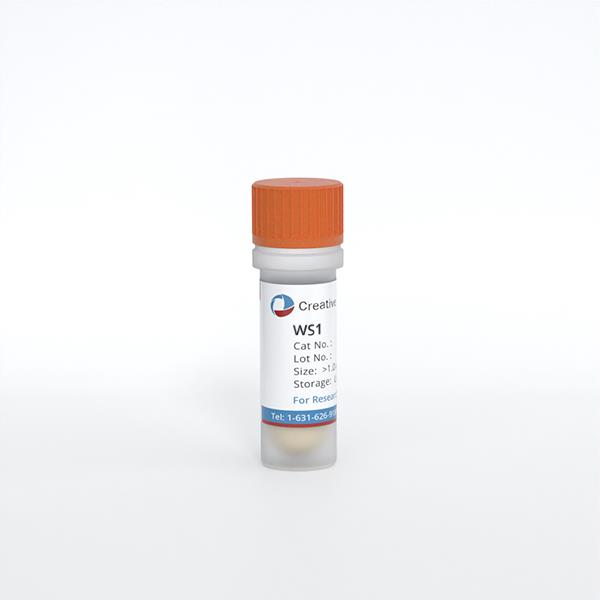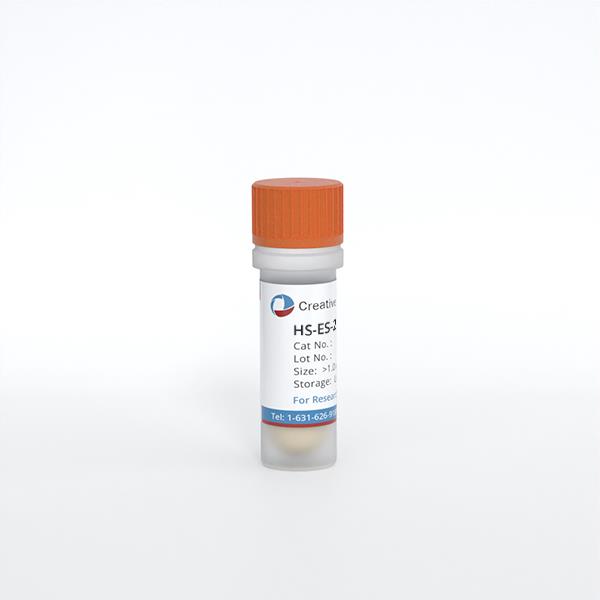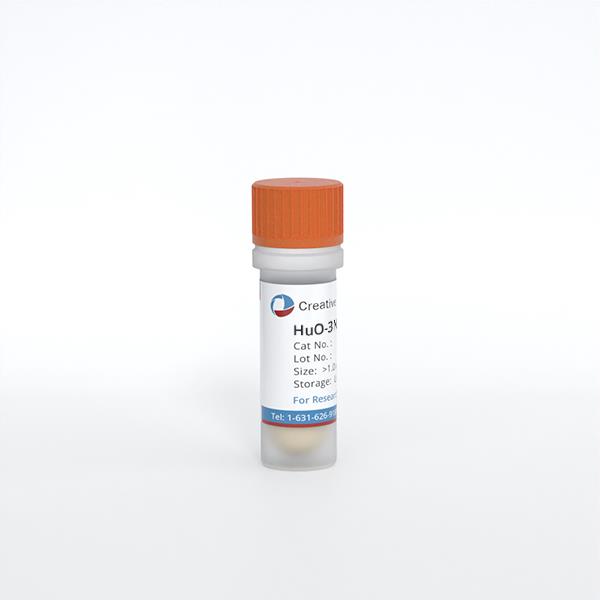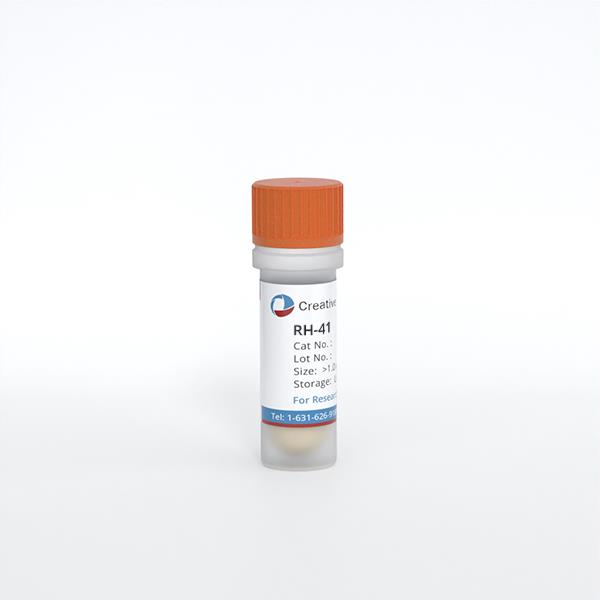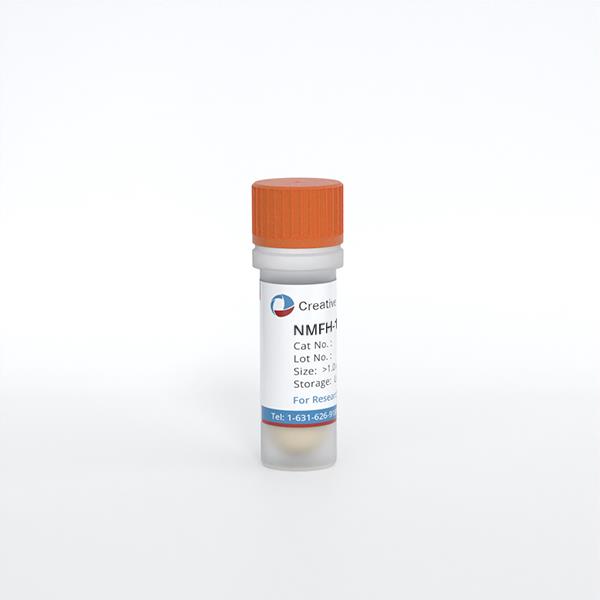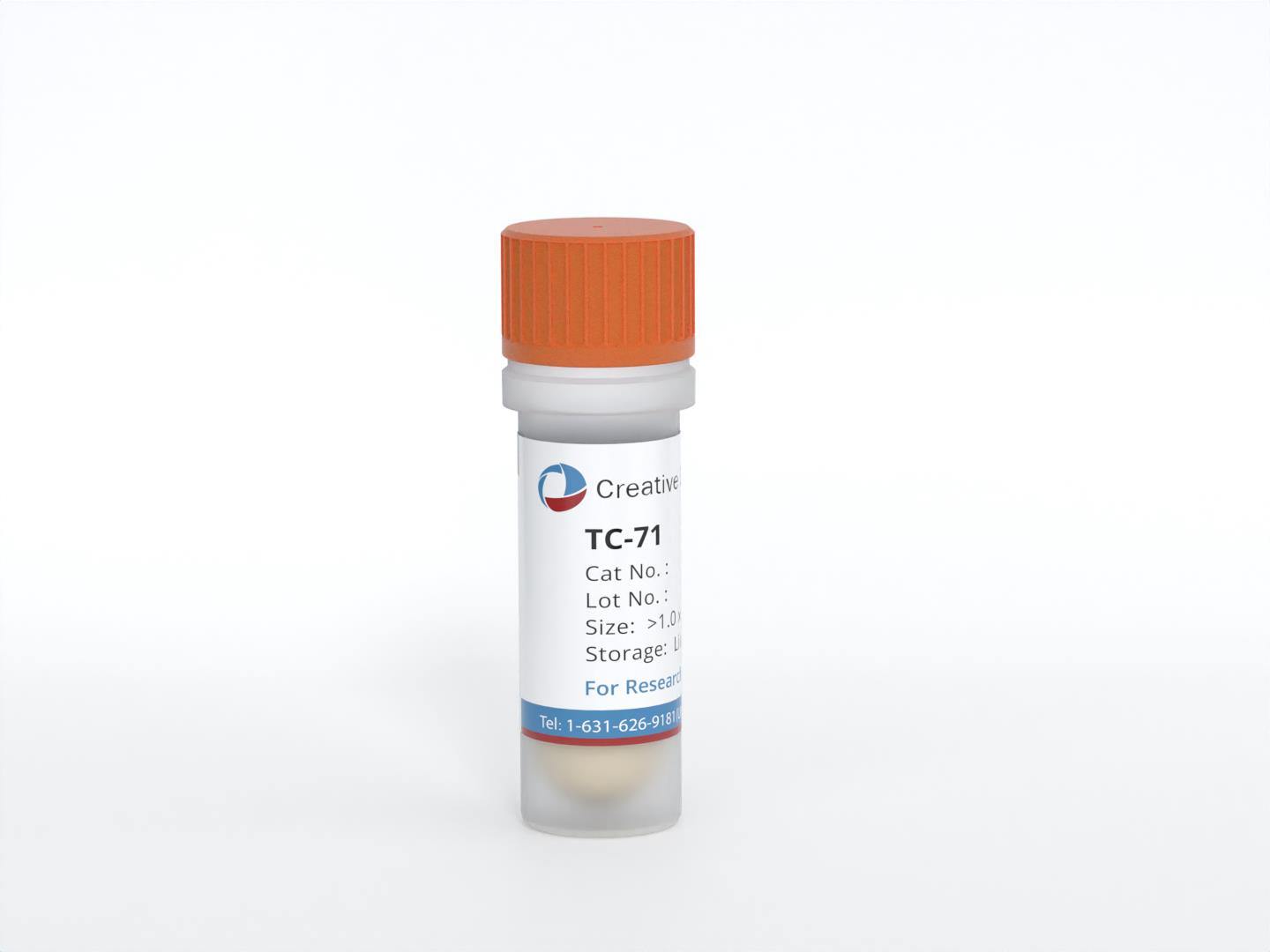
TC-71
Cat.No.: CSC-C0525
Species: Homo sapiens (Human)
Source: Bone
Morphology: loosely adherent cells growing in monolayers
Culture Properties: monolayer
- Specification
- Background
- Scientific Data
- Q & A
- Customer Review
Immunology: cytokeratin -, cytokeratin-7 -, cytokeratin-8 -, cytokeratin-17 -, cytokeratin-18 -, cytokeratin-19 -, desmin -, endothel -, EpCAM -, GFAP -, neurofilament +, vimentin +
Viruses: PCR:
The TC-71 cell line is a human Ewing's sarcoma cell line derived from a bone tumor in a 15-year-old male patient. The cell line was established in the 1980s and has been widely used in cancer research, particularly for studying Ewing's sarcoma, a rare and aggressive pediatric bone malignancy. Characteristically, TC-71 cells exhibit the typical chromosomal translocation t(11;22)(q24;q12), leading to the fusion of the EWSR1 and FLI1 genes, which plays a key role in the pathogenesis of this cancer. They display a small round blue cell morphology, rapid proliferation, high tumorigenicity in immunodeficient mice, and are identified as TP53 wild-type, representing a significant subset of Ewing's sarcoma patients.
TC-71 is instrumental in current research focused on understanding the pathogenesis of Ewing sarcoma and developing novel therapies. Its metastatic origin makes it particularly suitable for studying mechanisms of metastasis, relapse, and therapy resistance. Researchers heavily utilize TC-71 to evaluate: 1) Direct EWSR1-FLI1 targeting strategies (e.g., TK216, small molecule inhibitors disrupting its function or interactions), 2) Epigenetic modulators (HDAC, EZH2, LSD1 inhibitors) due to the fusion protein's role in altering chromatin, 3) Immunotherapeutic agents (specifically exploiting its expression of the cancer-testis antigen NY-ESO-1 for vaccine or CAR-T cell development), and 4) Chemotherapy combinations and resistance mechanisms, especially to standard agents like doxorubicin and etoposide.
Refined Culture Conditions Uncover Oncogene-Dependent Metabolic Signatures in Ewing Sarcoma Spheroids
Ewing sarcoma (EwS) cell line culture relies largely on standard techniques, which do not recapitulate physiological conditions. Here, we report on a feasible and cost-efficient EwS cell culture technique with increased physiological relevance employing an advanced medium composition, reduced fetal bovine serum, and spheroidal growth. Improved reflection of the transcriptional activity related to proliferation, hypoxia, and differentiation in EwS patient tumors was detected in EwS cells grown in this refined in vitro condition. Furthermore, we demonstrate that this refined culture condition has a broad effect on the baseline transcriptomes of EwS cells and significantly affects the transcriptional output of the EWSR1::ETS fusion oncogene.
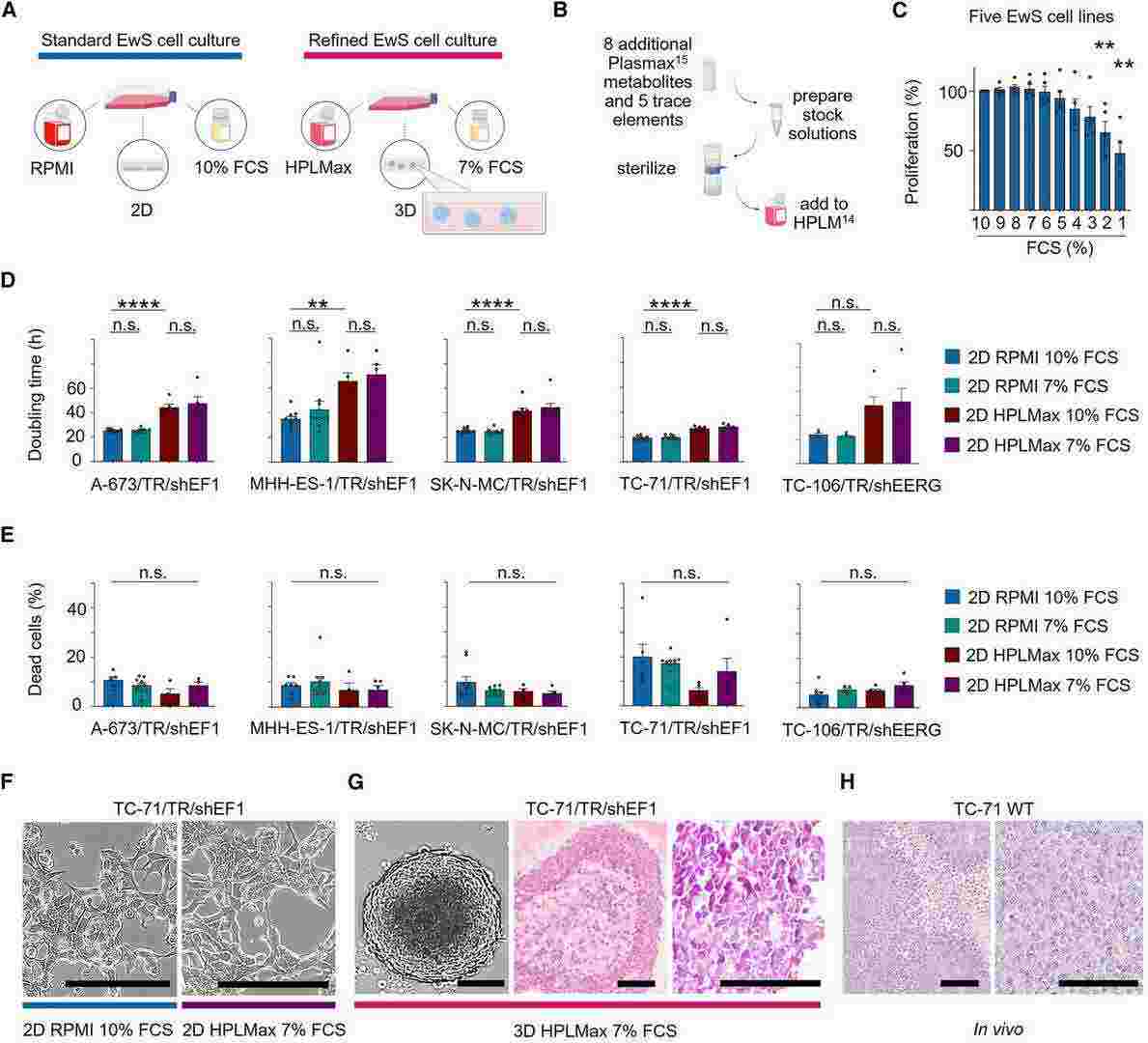 Fig. 1. Establishing a refined culture condition for EwS cell lines with increased physiological relevance (Ceranski, A. Katharina, et al. 2025).
Fig. 1. Establishing a refined culture condition for EwS cell lines with increased physiological relevance (Ceranski, A. Katharina, et al. 2025).
pncRNA_YAP1-1Affects Ewing Sarcoma Cell Tumorigenicity by Regulating YAP1 Expression
Ewing sarcoma (EwS) are aggressive pediatric tumors of bone and soft tissues afflicting children and adolescents. Resistance to chemotherapy, together with the high propensity to metastasize, remain the main causes of treatment failure. Thus, identifying novel targets for alternative therapeutic approaches is urgently needed.
Here, Chellini, Lidia, et al. identified a novel promoter-associated noncoding RNA, pncRNA_YAP1-1, transcribed from the YAP1 promoter in EwS cells. They found that enhanced pncRNA_YAP1-1 level exerts antitumor effects on EwS cells, through destabilization of YAP1 protein. Their findings explore an additional layer of regulation of YAP1 protein expression by pncRNA_YAP1-1 in EwS cells. Since YAP1 abundance affects therapy response and cell propensity to metastasize, Their results suggest that modulation of pncRNA_YAP1-1 levels could represent a novel therapeutic strategy to target EwS.
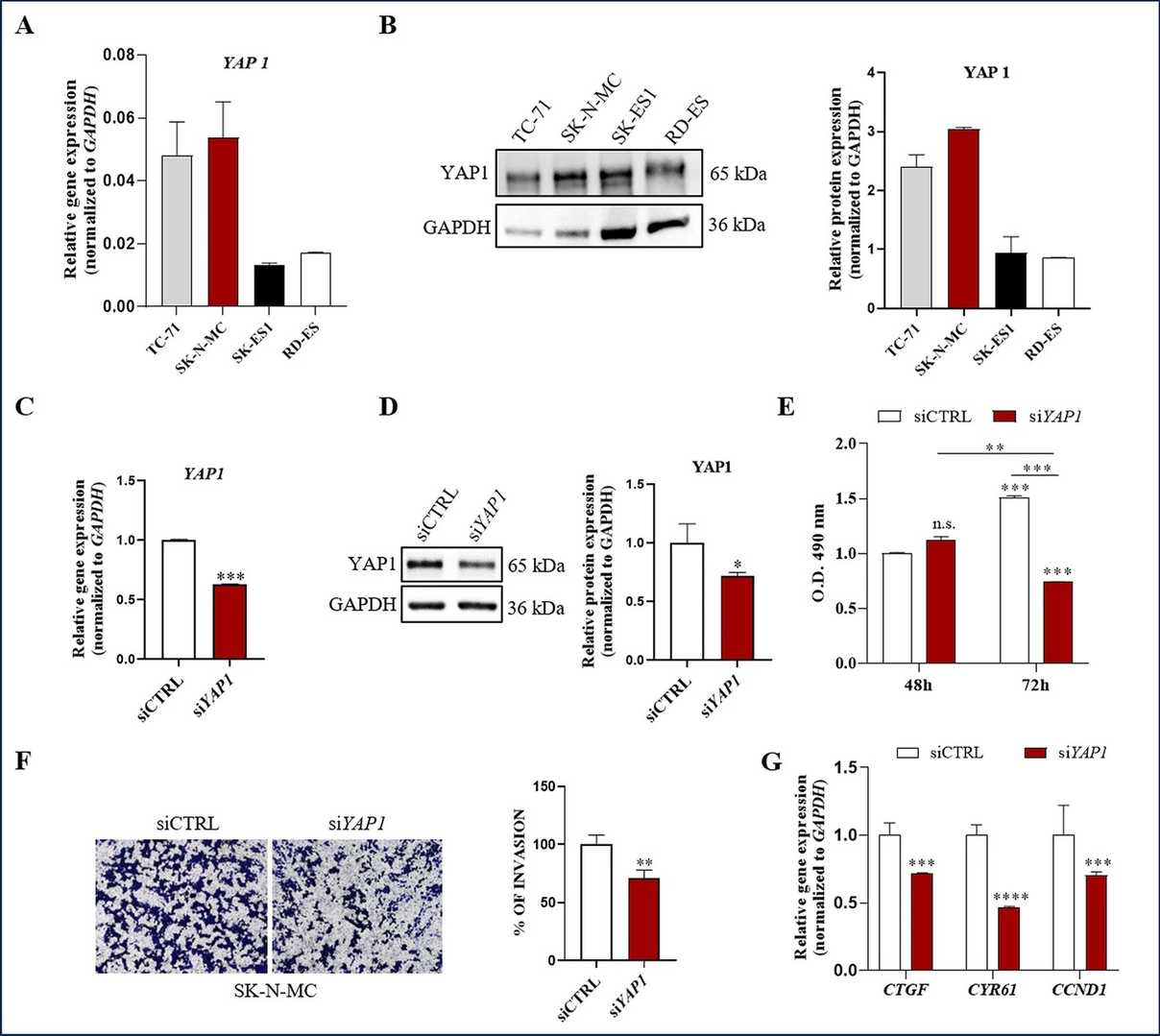 Fig. 2. YAP1 contributes to Ewing sarcoma tumor growth (Chellini, Lidia, et al. 2025).
Fig. 2. YAP1 contributes to Ewing sarcoma tumor growth (Chellini, Lidia, et al. 2025).
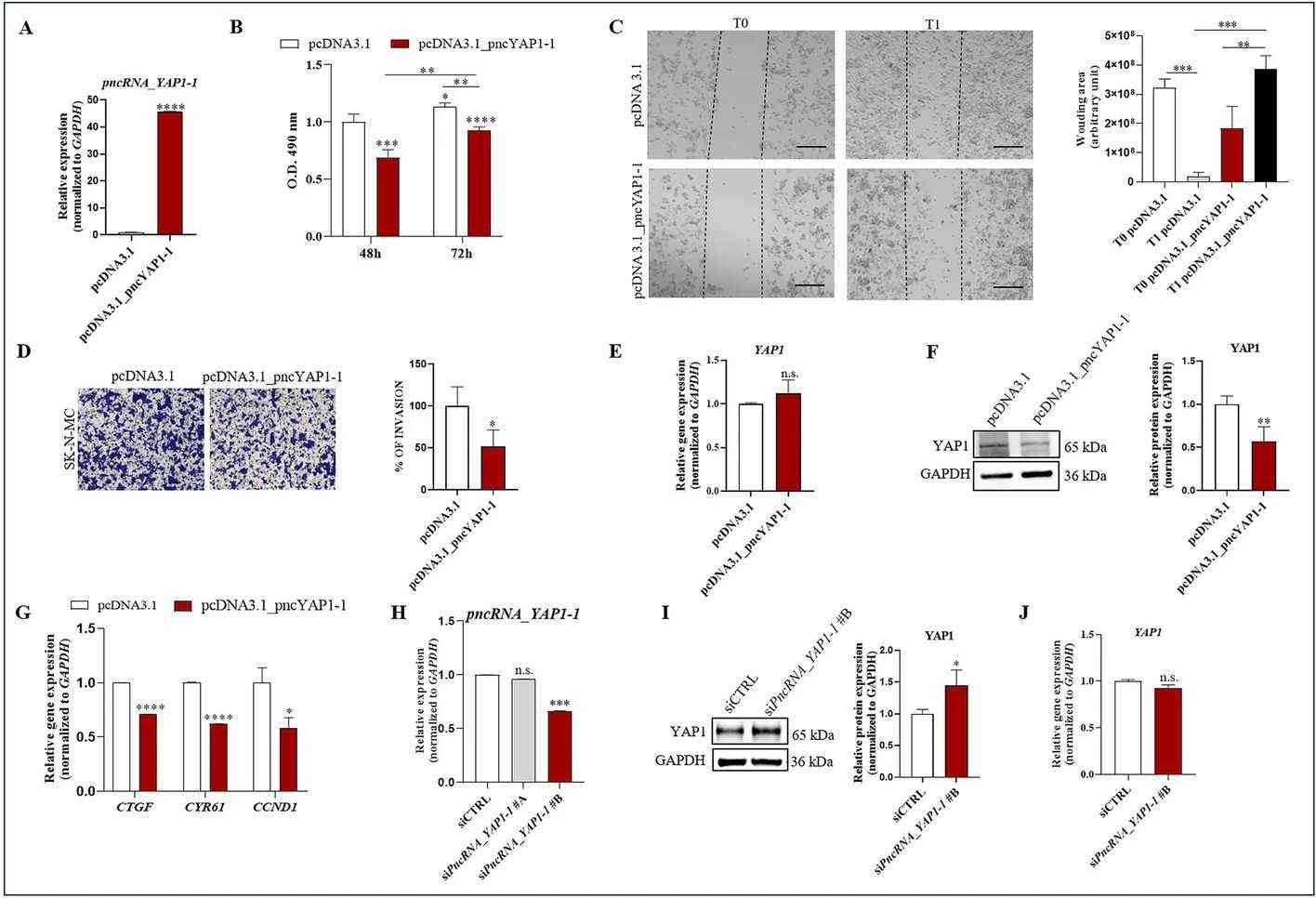 Fig. 3. pncRNA_YAP1-1 overexpression reduces YAP1 protein level and attenuates the tumorigenic phenotype of EwS cells (Chellini, Lidia, et al. 2025).
Fig. 3. pncRNA_YAP1-1 overexpression reduces YAP1 protein level and attenuates the tumorigenic phenotype of EwS cells (Chellini, Lidia, et al. 2025).
Ask a Question
Write your own review
- You May Also Need
- Adipose Tissue-Derived Stem Cells
- Human Neurons
- Mouse Probe
- Whole Chromosome Painting Probes
- Hepatic Cells
- Renal Cells
- In Vitro ADME Kits
- Tissue Microarray
- Tissue Blocks
- Tissue Sections
- FFPE Cell Pellet
- Probe
- Centromere Probes
- Telomere Probes
- Satellite Enumeration Probes
- Subtelomere Specific Probes
- Bacterial Probes
- ISH/FISH Probes
- Exosome Isolation Kit
- Human Adult Stem Cells
- Mouse Stem Cells
- iPSCs
- Mouse Embryonic Stem Cells
- iPSC Differentiation Kits
- Mesenchymal Stem Cells
- Immortalized Human Cells
- Immortalized Murine Cells
- Cell Immortalization Kit
- Adipose Cells
- Cardiac Cells
- Dermal Cells
- Epidermal Cells
- Peripheral Blood Mononuclear Cells
- Umbilical Cord Cells
- Monkey Primary Cells
- Mouse Primary Cells
- Breast Tumor Cells
- Colorectal Tumor Cells
- Esophageal Tumor Cells
- Lung Tumor Cells
- Leukemia/Lymphoma/Myeloma Cells
- Ovarian Tumor Cells
- Pancreatic Tumor Cells
- Mouse Tumor Cells
